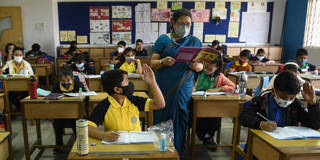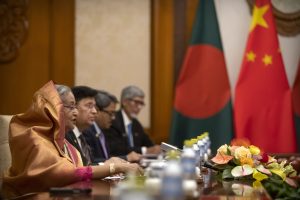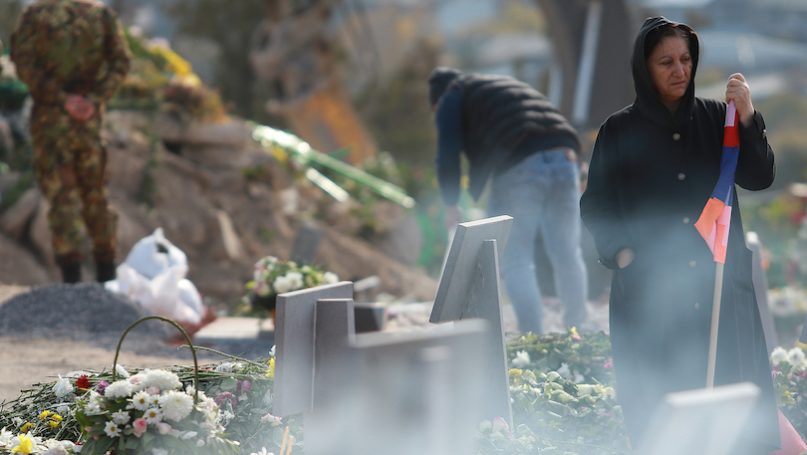Raymond E. Vickery, Jr.

The stars are aligned to make 2023 India’s year for international leadership.
India is the president of the Group of 20 (G-20) and will host its summit in September. It holds the rotating presidency of the Shanghai Cooperation Organization (SCO) and will host the meeting of the SCO Heads of State, probably in August. Additionally, India has convened a virtual meeting of the 75 nations of the Global South and will host the Quad Foreign Ministers Meeting. India has positioned itself between NATO and Russia over Ukraine and has leverage with both that can be used for good. The Indian economy appears better prepared to withstand the headwinds facing the world than other major economies.
All these factors put together, make 2023 an opportune year for India to position itself as a global leader. However, India will need to maintain its economic stride, and promote global peace and security to make the most of this opportunity.
India is concentrating on economic and developmental issues in both the G-20 and the SCO to the exclusion of security issues. It has already hosted a meeting of the G-20 Development Working Group in Mumbai and plans to hold over 200 meetings in over 50 cities in India this year. Similarly at the SCO, India is emphasizing three “pillars of cooperation” – Startups & Innovation, Science & Technology, and Traditional Medicine. The high-level engagement and frequency of meetings underlines the seriousness with which India has taken up the mantle of its leadership.














:quality(100)/cloudfront-us-east-1.images.arcpublishing.com/thesummit/4AHPWOJ4PFGNHOKRJLFWURJL5M.jpg)
:quality(100):focal(3842x1264:3852x1274)/cloudfront-us-east-1.images.arcpublishing.com/thesummit/5RRYI5H64VAHBIPP44RJDQ7VDY.jpg)
